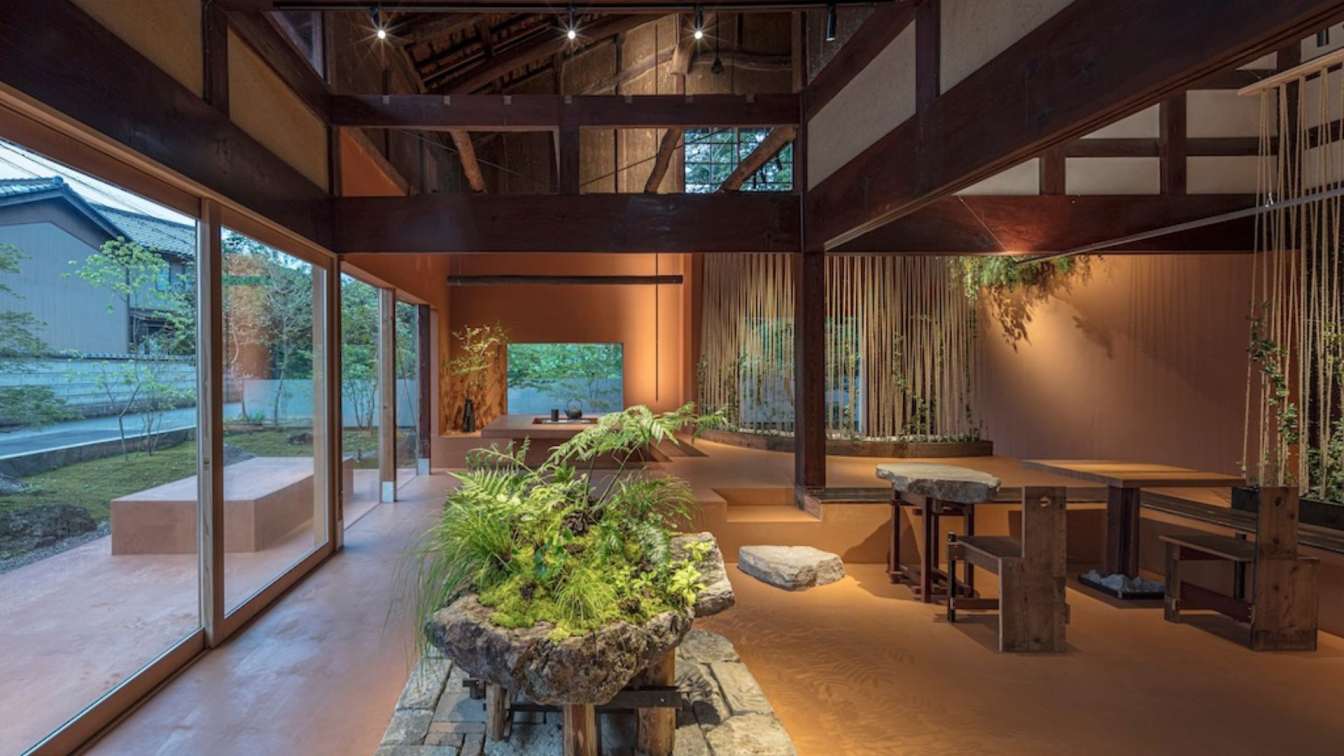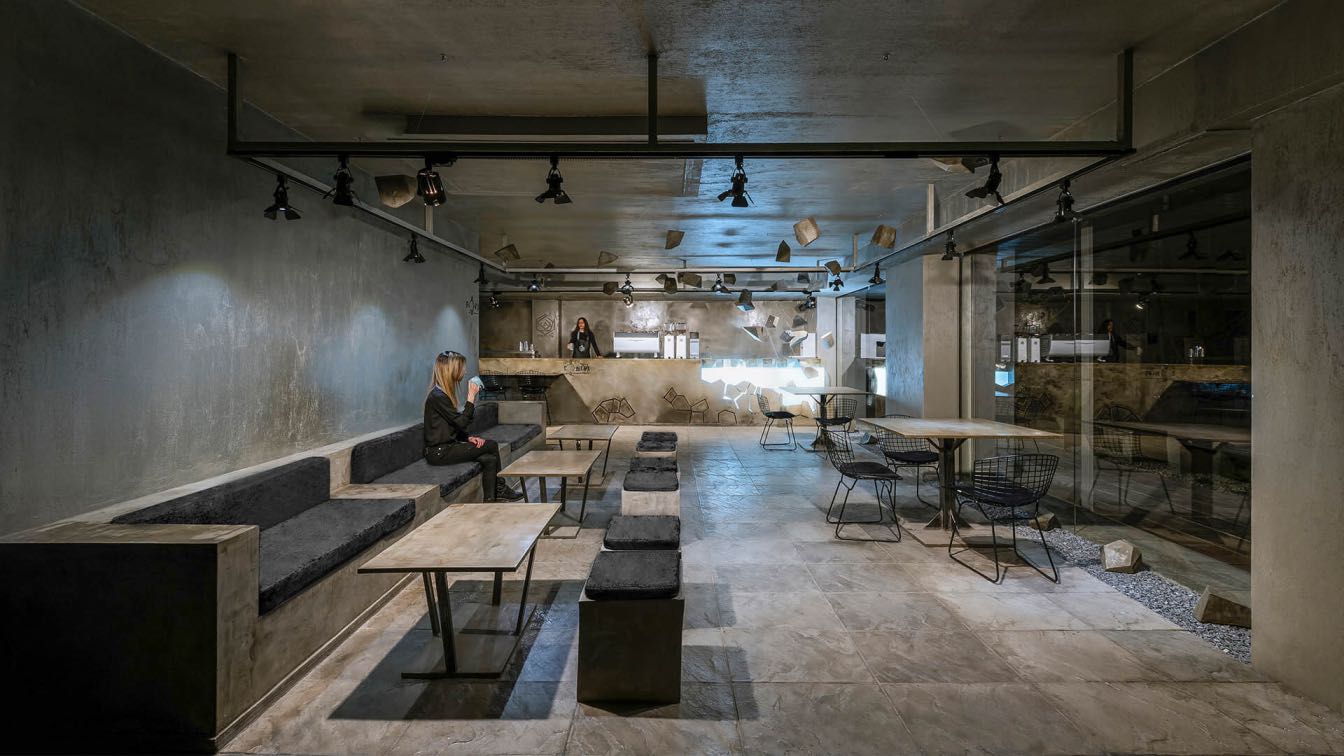MUKU Design Studio: “mokkado” is a café organized by a 75-year-old pharmaceutical company based in Imizu City, Toyama Prefecture. The café is a renovation of a 100-year-old old house, the birthplace of the founder and also a factory of a Toyama-based company manufacturing and selling medicine in a traditional Toyama style. The company which now mainly handles Chinese herbal medicines along with a variety of healthy food products will operate a café offering chai and shaved ice based on Chinese herbalism.
The interior design is based on:
- creating an open and free atmosphere that is easy for anyone to enter
- carefully dismantling the materials that were originally in the old house and reconstructing them to create the space'
- drawing out the charm that the old house originally had to the maximum extent possible
Consequently, the café offers a cozy environment where people would naturally gather and interact whilst strongly conveying the memories of the land and the story of the building. Within the center of a building, a space like a doma (space where people can walk in their shoes in a Japanese house typically made with earthen floor) and steps and benches generated from zoning of the various floor levels offers a free atmosphere that welcomes the various ways in which guests spend their time and a pleasant spatial experience that seamlessly connects the inside and outside.
An artwork fabricated from stones and timber found under the floor of the old house planted with medicinal herb plant is installed in the center of doma to act as a symbol to connect the nostalgic memory of the old house and the story of the cafe. Moreover, the ivy planted at the base of the rope partition which envelopes the doma allow visitors to visually enjoy the growth of the café. The idea is to provide an opportunity for guests to leave the hustle and bustle of life behind and become more conscious of their own body and mind.






























